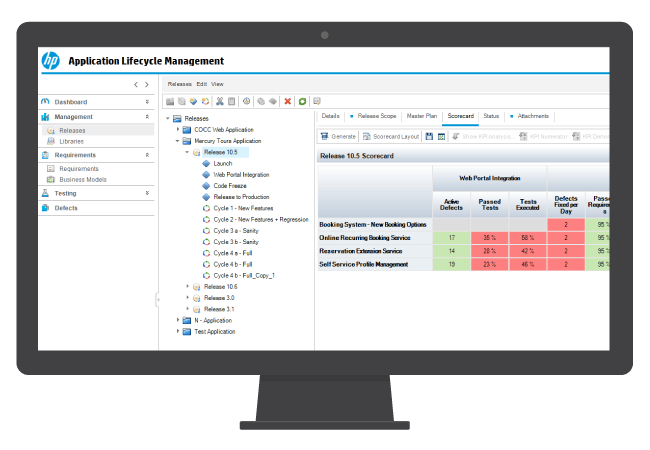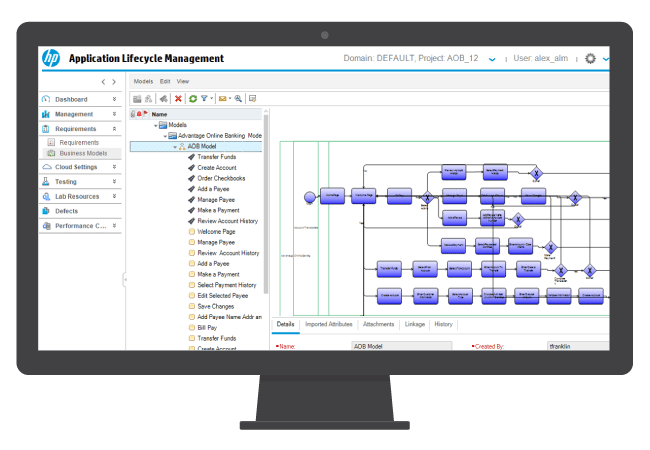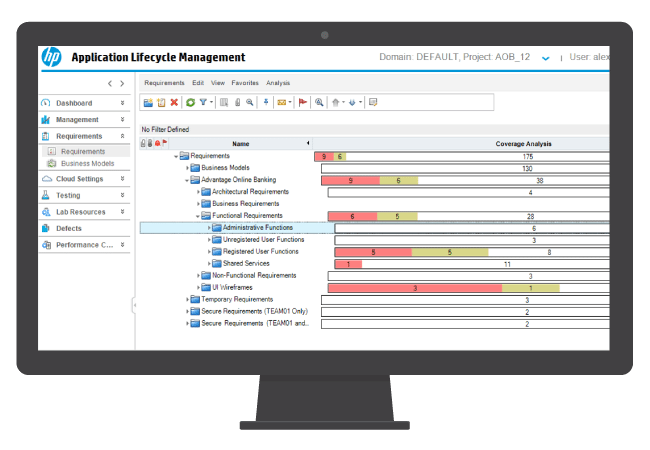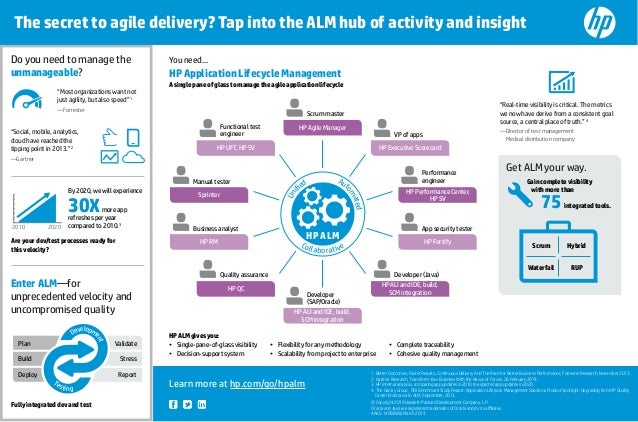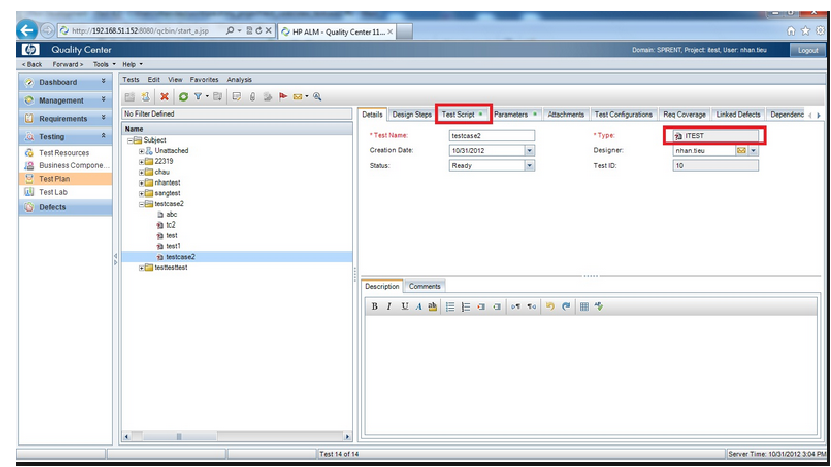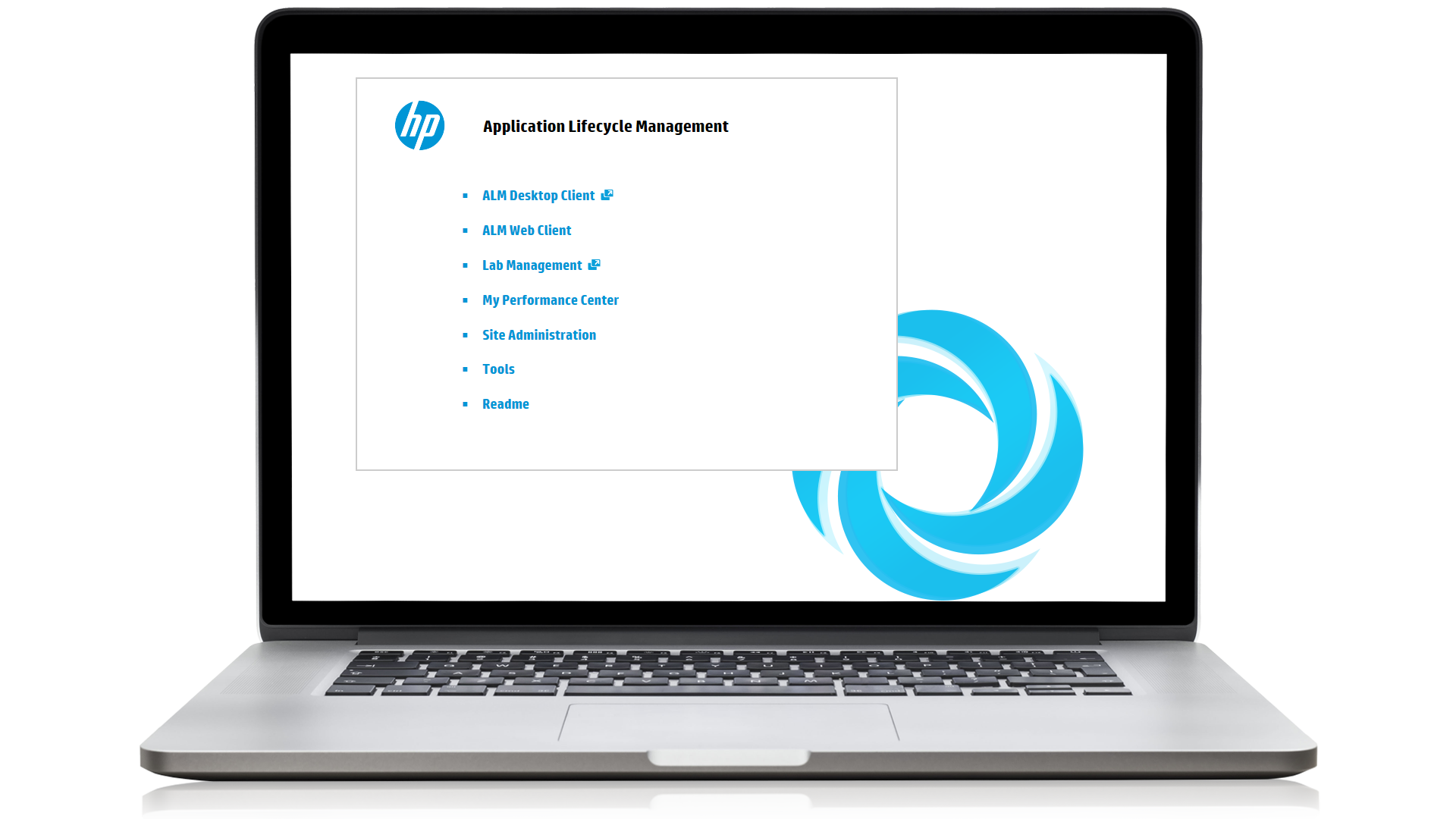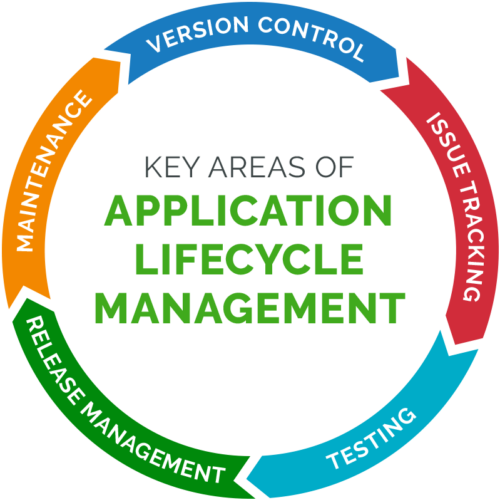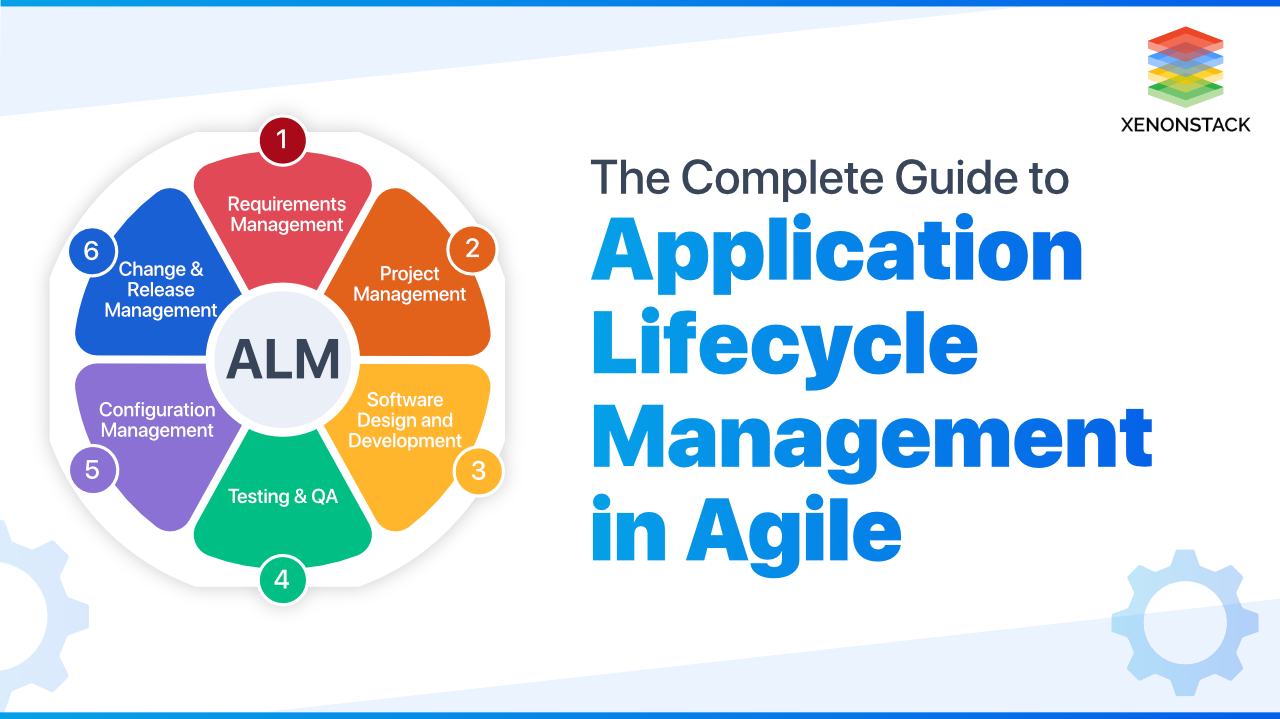Hpe Application Lifecycle Management 12.55
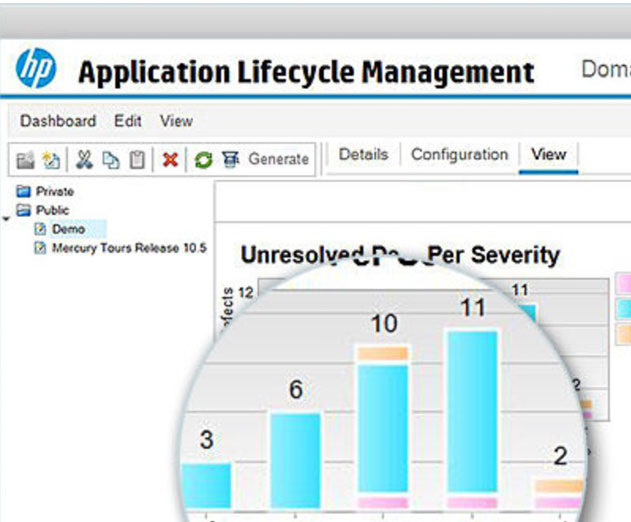
Hewlett Packard Enterprise (HPE) released Application Lifecycle Management (ALM) 12.55, marking a significant update to its legacy software testing and quality assurance platform. This release introduces enhancements to existing features, focusing on improving user experience and expanding integration capabilities. The update aims to streamline application development and testing processes for organizations leveraging HPE's ALM suite.
The release, while seemingly incremental, signifies HPE's continued commitment to supporting its existing ALM customer base. It addresses the evolving needs of application development teams by offering improvements in performance and usability. The focus is on enabling faster release cycles and improved software quality through more efficient testing and management processes.
Key Features and Enhancements
HPE ALM 12.55 includes several key updates designed to improve the user experience. One notable enhancement is the improved performance of the web client, allowing for quicker access to data and reduced loading times. This improvement directly addresses user feedback concerning the responsiveness of the ALM platform, potentially saving developers and testers valuable time.
The update introduces enhanced integration capabilities with other HPE products, such as HPE Unified Functional Testing (UFT). This tighter integration aims to provide a more seamless workflow for automated testing, allowing users to trigger tests and analyze results directly from within the ALM interface. This can streamline the testing process and reduce the need for manual data transfer between systems.
Specific details about the included fixes and minor feature additions can be found within the official HPE release notes for ALM 12.55. Users are encouraged to consult this documentation for a complete understanding of all implemented changes. The release notes often highlight important bug fixes and performance improvements which are critical for stability and reliability.
Impact on Users
The primary impact of HPE ALM 12.55 on users is expected to be improved efficiency in application development and testing. The enhanced performance and integration features aim to reduce the time spent on administrative tasks and improve the overall workflow. This can lead to faster release cycles and higher-quality software.
For organizations heavily invested in the HPE ALM ecosystem, this update represents a valuable opportunity to optimize their testing processes. By taking advantage of the new features and improvements, teams can potentially reduce testing costs and improve the speed of software delivery. However, organizations will need to invest time in understanding and implementing the new features.
It's important for organizations to carefully plan the upgrade process to ALM 12.55. A thorough testing of the new version within a non-production environment is crucial to ensure compatibility with existing systems and workflows. This will help to minimize disruption and ensure a smooth transition to the updated platform.
Future of HPE ALM
While HPE continues to support and enhance its legacy ALM platform, the broader industry is shifting towards cloud-based and more agile development methodologies. This shift suggests that future investments in ALM solutions may focus on integration with cloud platforms and support for agile workflows.
It remains to be seen how HPE will adapt its ALM strategy to accommodate these evolving industry trends. Users should closely monitor HPE's future announcements and product roadmaps to understand the long-term direction of the ALM platform. Keeping informed is critical for making strategic decisions about their application lifecycle management tools.
In conclusion, HPE ALM 12.55 represents a solid, if incremental, update to a well-established application lifecycle management platform. While not a revolutionary release, the enhancements to performance and integration provide tangible benefits to existing ALM users. The true test will be how HPE addresses the evolving needs of the software development landscape in future updates and product offerings.
